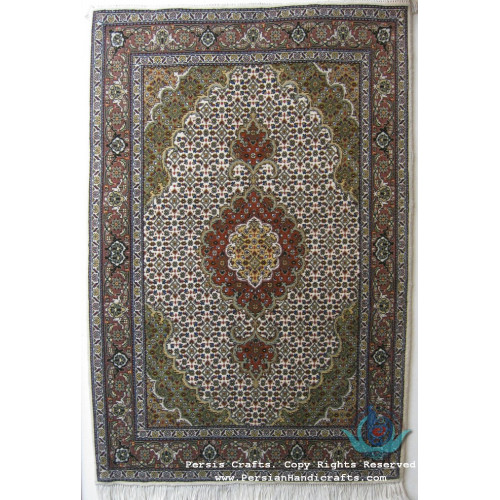

キミヤペルシャ絨毯ギャラリ
独特なデザインの本物の絨毯
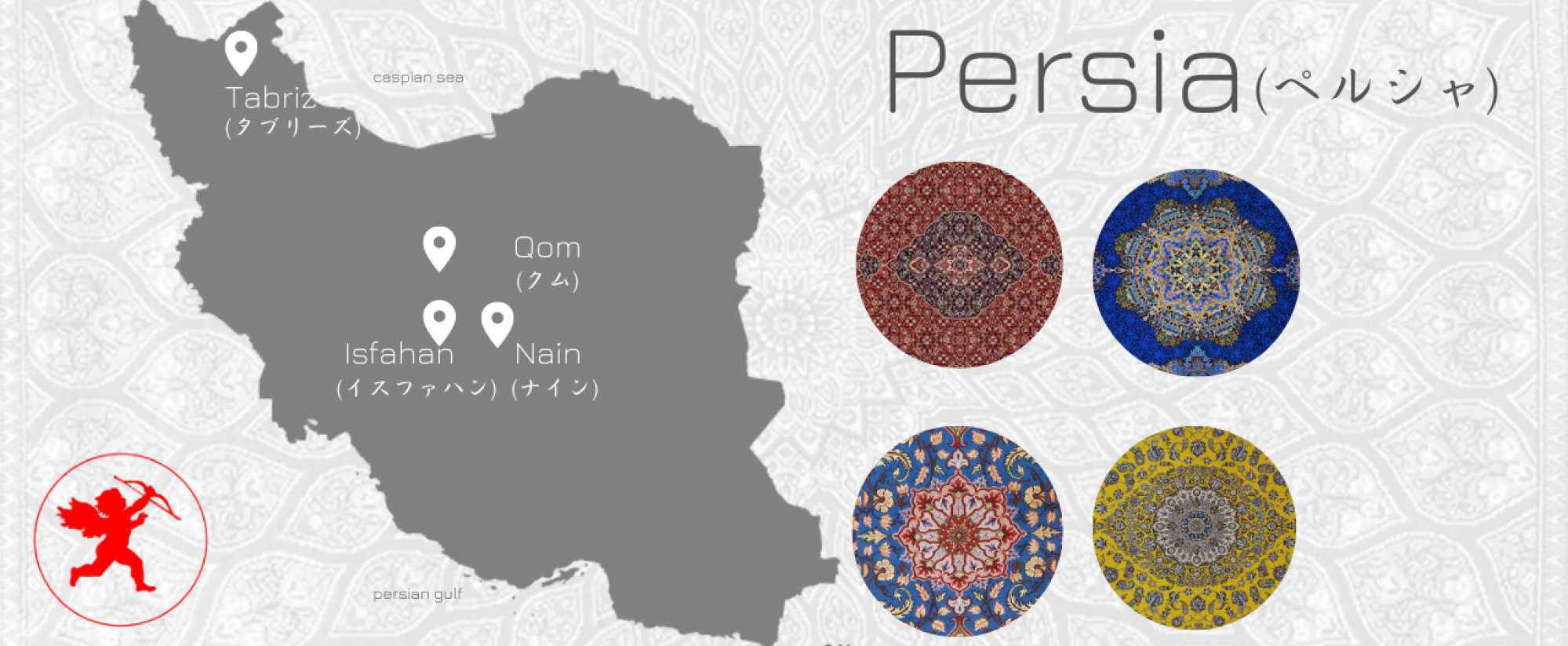
-1999x823w.png)
-1999x823w.png)
本物のペルシャ絨毯
ペルシャバザールから厳選
競争価格
競争力のある価格で最高の品質
アフターサポート
アフターサポートの熱心な態度
この手作りのウールシルクのペルシャ絨毯は、美しいメダリオンデザインと繊細なペルシャのモチーフで飾られています。ブラウン、ゴールド、そしていくつかの印象的な色のユニークな組み合わせは、寝室やリビングルームで使用するのに最適です。この素晴らしい絨毯は、あなたの家に暖かさとエレガンスをもたらします。手作り..
$0.00
税別:$0.00
この手作りのウールシルクのペルシャ絨毯は、美しいメダリオンデザインと繊細なペルシャのモチーフで飾られています。紫、ゴールド、そして他の印象的な色のユニークな組み合わせが、寝室やリビングルームでの使用に最適です。この素晴らしい絨毯は、あなたのお部屋にエレガントで豪華な雰囲気を演出します。手作りの絨毯は..
$0.00
税別:$0.00
この手作りのウールシルクのペルシャ絨毯は、繊細なペルシャのモチーフとネイビーブルーを含む他の印象的で鮮やかな色合いで飾られています。寝室やリビングルームで使用するために最適です。この美しい絨毯は、あなたの家に暖かさとエレガンスをもたらします。手作りの品質と独特のデザインは、他のどんな絨毯とも比べられ..
$0.00
税別:$0.00
シルク100%の絨毯で有名。鳥や動物、狩猟場面の絵画的デザインも多く見られるが、最近では他産地のデザインも吸収し、斬新なデザインも増えてきている。..
$0.00
税別:$0.00
この手作りのウールシルクのペルシャ絨毯は、美しいメダリオンデザインと繊細なペルシャのモチーフで飾られています。寝室やリビングルームで使用するための印象的で鮮やかな色の組み合わせが特徴です。この素晴らしい絨毯は、あなたのお部屋に暖かさとエレガンスをもたらします。手作りの品質と独自のデザインで、他にはな..
$0.00
税別:$0.00
この手作りのウールシルクのペルシャ絨毯は、繊細なペルシャのモチーフとスカイブルーとネイビーブルーの組み合わせが印象的で鮮やかです。寝室やリビングルームで使用するのに最適です。この美しい絨毯は、あなたのお部屋にエレガントな雰囲気を演出します。手作りなので、一つ一つがユニークで特別な存在感を放っています..
$0.00
税別:$0.00
イスファハンの町は5000年の歴史があり、特に16世紀から17世紀頃に栄え、かつては首都であった青いモスクが目立つ。イスファハン絨毯の特徴は生命の樹、鳥、花瓶等の文様が多く色使いも華やか。明るいベジュや明るい青など、明るい色の物が多い。縦糸がシルクで、織り糸はウールとシルクだが、小羊の毛(コーク)を..
$0.00
税別:$0.00
イスファハンの町は5000年の歴史があり、特に16世紀から17世紀頃に栄え、かつては首都であった青いモスクが目立つ。イスファハン絨毯の特徴は生命の樹、鳥、花瓶等の文様が多く色使いも華やか。明るいベジュや明るい青など、明るい色の物が多い。縦糸がシルクで、織り糸はウールとシルクだが、小羊の毛(コーク)を..
$0.00
税別:$0.00
イスファハンの町は5000年の歴史があり、特に16世紀から17世紀頃に栄え、かつては首都であった青いモスクが目立つ。イスファハン絨毯の特徴は生命の樹、鳥、花瓶等の文様が多く色使いも華やか。明るいベジュや明るい青など、明るい色の物が多い。縦糸がシルクで、織り糸はウールとシルクだが、小羊の毛(コーク)を..
$0.00
税別:$0.00
イスファハンの町は5000年の歴史があり、特に16世紀から17世紀頃に栄え、かつては首都であった青いモスクが目立つ。イスファハン絨毯の特徴は生命の樹、鳥、花瓶等の文様が多く色使いも華やか。明るいベジュや明るい青など、明るい色の物が多い。縦糸がシルクで、織り糸はウールとシルクだが、小羊の毛(コーク)を..
$0.00
税別:$0.00
イスファハンの町は5000年の歴史があり、特に16世紀から17世紀頃に栄え、かつては首都であった青いモスクが目立つ。イスファハン絨毯の特徴は生命の樹、鳥、花瓶等の文様が多く色使いも華やか。明るいベジュや明るい青など、明るい色の物が多い。縦糸がシルクで、織り糸はウールとシルクだが、小羊の毛(コーク)を..
$0.00
税別:$0.00
イスファハンの町は5000年の歴史があり、特に16世紀から17世紀頃に栄え、かつては首都であった青いモスクが目立つ。イスファハン絨毯の特徴は生命の樹、鳥、花瓶等の文様が多く色使いも華やか。明るいベジュや明るい青など、明るい色の物が多い。縦糸がシルクで、織り糸はウールとシルクだが、小羊の毛(コーク)を..
$0.00
税別:$0.00
使われる色彩は、紺、ベージュ、クリーム色等、シンプルだが、抑えた配色がその洗練さを際立たせる。特にナインで使われる染料は良質の物。縦糸はコットンで、織り糸はコークを使用しているので大変柔らかい。..
$0.00
税別:$0.00
使われる色彩は、紺、ベージュ、クリーム色等、シンプルだが、抑えた配色がその洗練さを際立たせる。特にナインで使われる染料は良質の物。縦糸はコットンで、織り糸はコークを使用しているので大変柔らかい。..
$0.00
税別:$0.00
使われる色彩は、紺、ベージュ、クリーム色等、シンプルだが、抑えた配色がその洗練さを際立たせる。特にナインで使われる染料は良質の物。縦糸はコットンで、織り糸はコークを使用しているので大変柔らかい。..
$0.00
税別:$0.00
使われる色彩は、紺、ベージュ、クリーム色等、シンプルだが、抑えた配色がその洗練さを際立たせる。特にナインで使われる染料は良質の物。縦糸はコットンで、織り糸はコークを使用しているので大変柔らかい。..
$0.00
税別:$0.00
使われる色彩は、紺、ベージュ、クリーム色等、シンプルだが、抑えた配色がその洗練さを際立たせる。特にナインで使われる染料は良質の物。縦糸はコットンで、織り糸はコークを使用しているので大変柔らかい。..
$0.00
税別:$0.00
使われる色彩は、紺、ベージュ、クリーム色等、シンプルだが、抑えた配色がその洗練さを際立たせる。特にナインで使われる染料は良質の物。縦糸はコットンで、織り糸はコークを使用しているので大変柔らかい。..
$0.00
税別:$0.00
A Tabriz rug/carpet is a type in the general category of Persian carpets from the city of Tabriz, the capital city of East Azarbaijan Province in..
$0.00
税別:$0.00
ペルシャ絨毯の歴史
贅沢は快適でなければなりません、そうでなければ、贅沢ではありません
- ココシャネル
ペルシャは永く、ペルシャは深い。..ペルシャ絨毯は、
ペルシャ絨毯は最も有名な手織の絨毯であり、芸術品です。

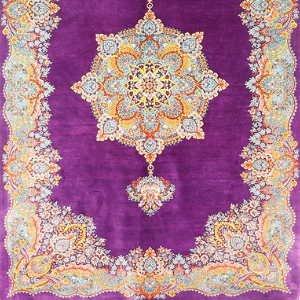
-300x300.png)
-300x300.png)

-300x300.png)
-500x500h.png)

.png)
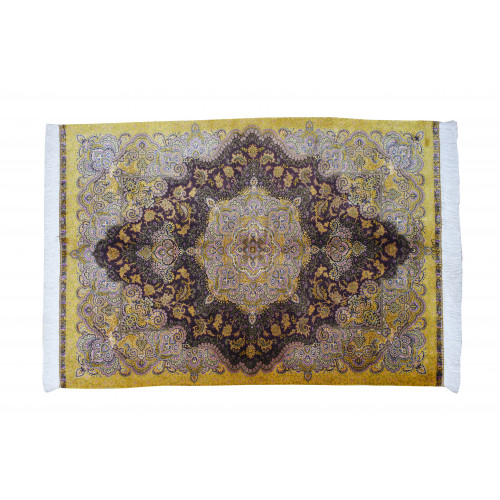
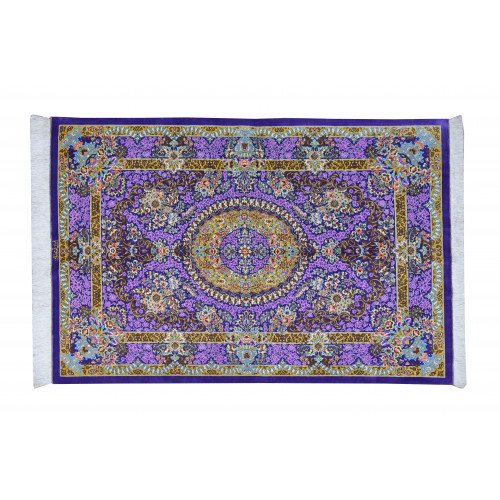



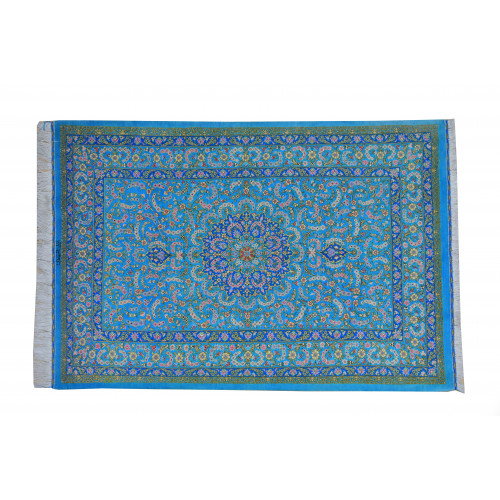
.png)

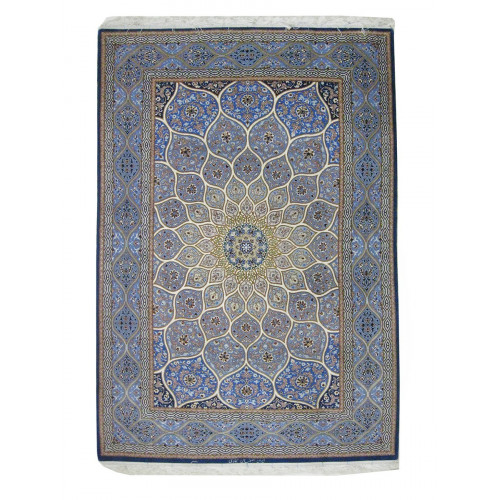
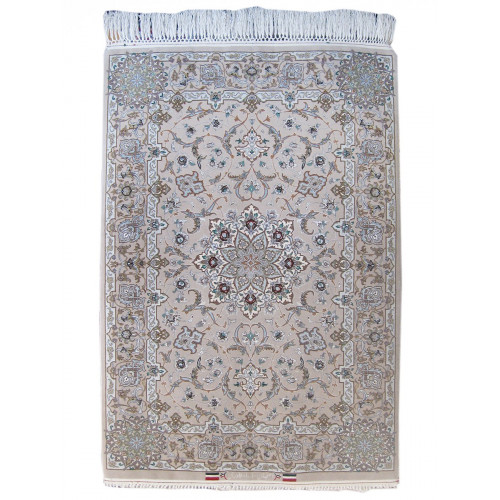



.png)



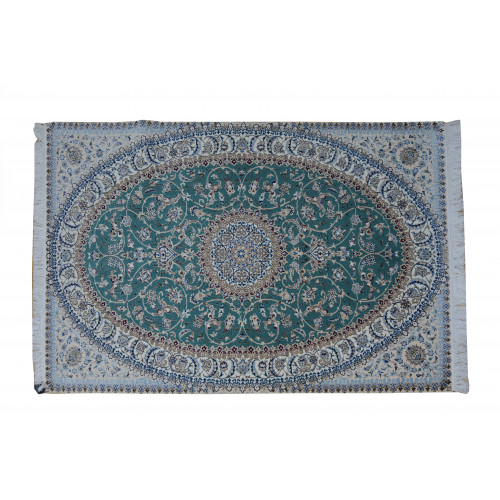
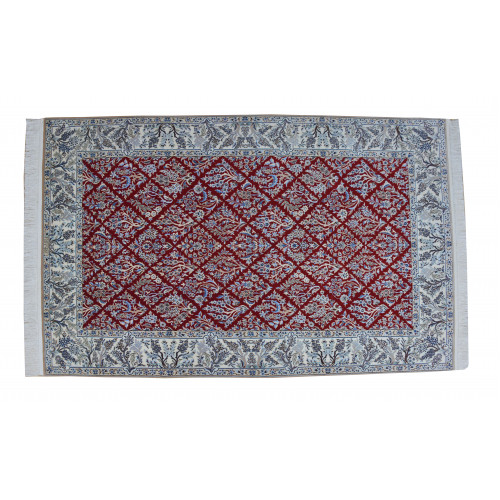

.png)
